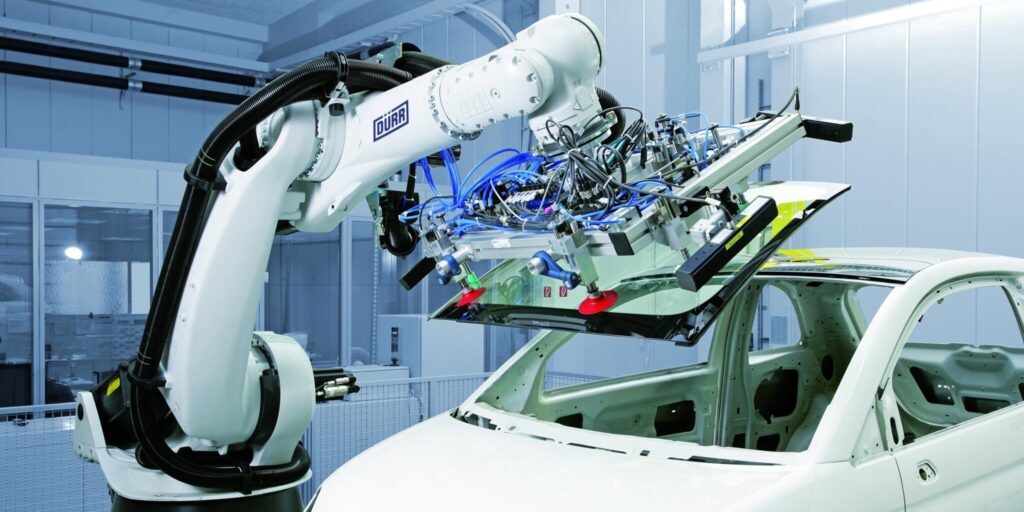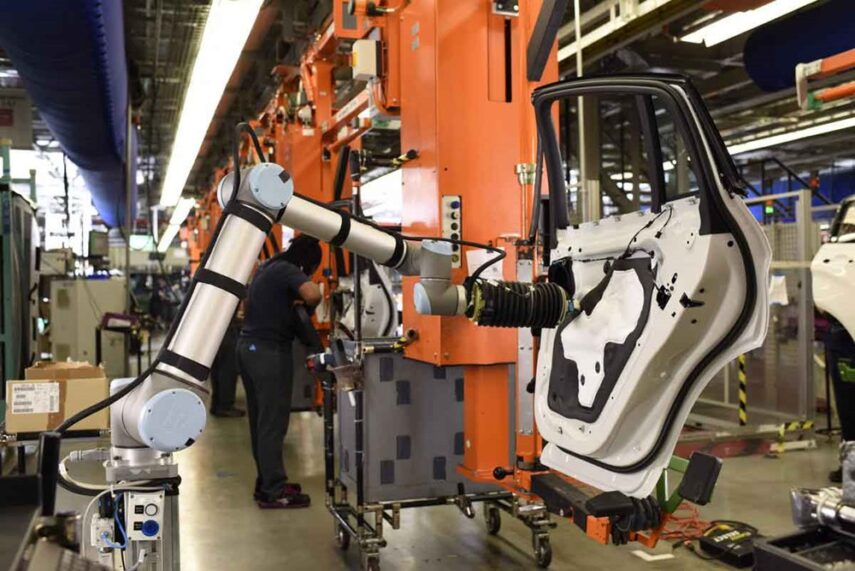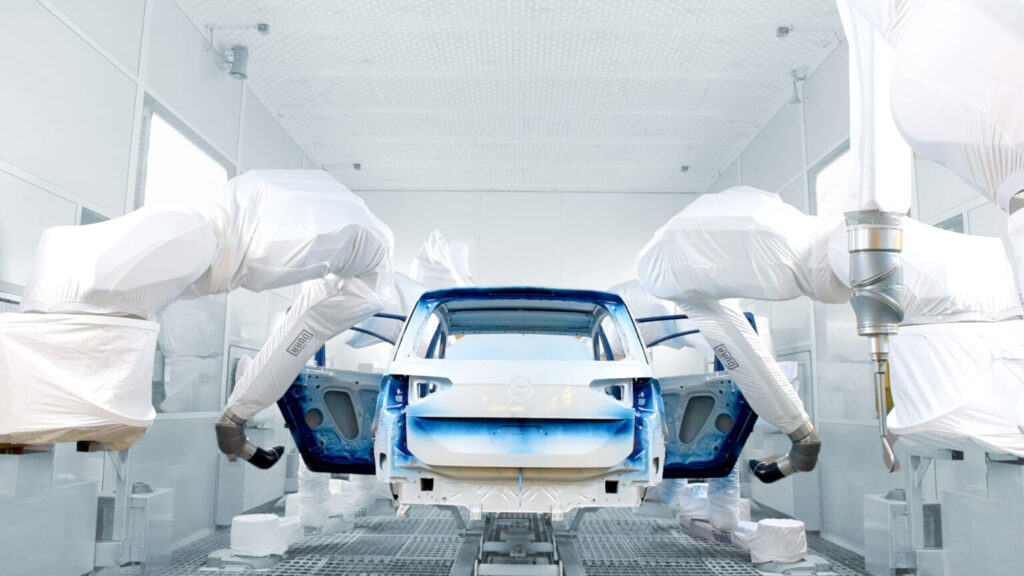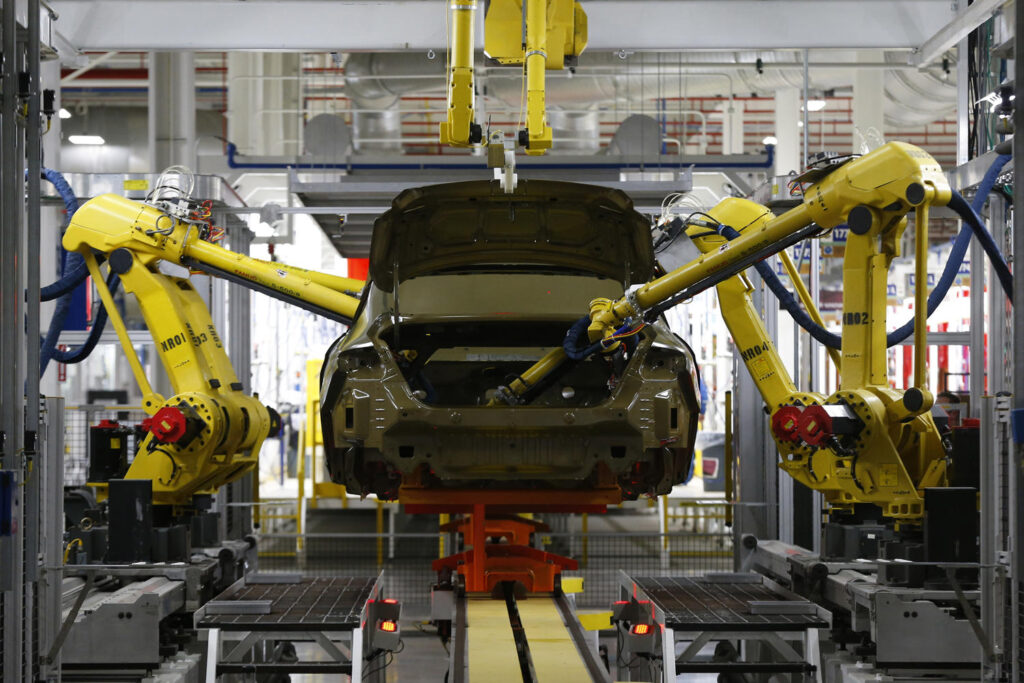Before the time of the computing age and robotics, the automotive assembly line workers did everything manually or used wires and cables for actual manufacturing practices. Times have certainly changed with improvements in technology. The use of the Robot Program is now quite common in the automotive industry. The robots created with artificial intelligence have made the biggest mark in the automotive industry.
This technology helps in operating all the tiresome and repetitive tasks. It will decrease human resources and let industries earn huge profits due to highly-efficient performance. In the following write-up, we will discuss how robots are in great demand in the automotive industry. There is a variety of robotic services that various types of companies need, and we will discuss them in detail.
Different Kinds of Robots in the Automotive Industry
There are commonly three kinds of advanced robots, such as:
- Cartesian: These Robots include three joints, which operates on the coordinates of the Cartesian. There are three points, i.e., X, Y, and Z.
- Articulated: The rotary joints are present in this robot. Its joints are manufactured with two bolts with more than ten joints. There is a twisting joint present in the arm that helps in enhancing the movements efficiently.
- Cylindrical: These robots operate in a cylindrical-shaped object because it is manufactured with one rotary joint, located at the base, and the second one is for connecting all the links.
Applications of Robotic Systems Used in the Automotive Industry
The Robot program in the automotive industry helps in accomplishing all the complex, hard-working and laborious tasks with high precision and great flexibility. Some of the following ways are there that tells you how robots are radically improvising the working styles of many manufacturing industries.
1. Accurate Vision:

The robots use open-source and advanced computer vision that enables them to install car parts like doors, windshields, and much more with great accuracy. The robot is designed in such a way that a camera and lasers are already installed in it. With the help of software programs, it can easily understand what to do and accomplish the tasks accurately.
2. Automatic Welding:
Robotic welding performs a variety of techniques for welding. It can vary from laser to friction for accomplishing all the welding operations of the car. A group of robotic welders is installed in a queue for operating the task quickly as compared to humans. They get easily engaged and collaborate with each other, and do the work systematically.
3. Exoskeleton:
These wearable robots are mainly used when there is a demand for doing repetitive operations. It is quite possible in automotive manufacturing. RoboGlove is a good example of an exoskeleton, which is generally used for adding the right grip and strength to humans. It is an innovative technology and quite useful in doing difficult tasks.
4. COBOTS:

Collaborative Robots can easily work alongside human resources with complete safety. They are used as an assistant with human workers to do various tasks like assembling some car parts. It works effectively and supports humans as their helping hands.
5. AGVs:
Automated-Guided Vehicles are used to drag heavy items, transportation of cars, and other major components. Such robots are operated with the help of software that controls and guides their movements. It can transport various types of materials to a shorter distance.
6. Assembly:
Some small parts in a car, like motors and pumps, are easy to assemble if the industry uses the Robot Program. Robots can be capable enough to install other vehicle components like wheel mounting and windshield. It is a challenging and time-consuming process for humans.
7. Painting:

Any human involved in the process of painting proves to be very toxic for him. Therefore, it is necessary to avoid providing such tasks to humans. Robots can do a highly toxic job of painting in large areas quickly for a long time. Therefore, many companies are investing money in such technology.
Transferring of Machine Parts: Robots can shift metal stamps from one place to another. It can easily pour molten metal with ease. It is a dangerous process for human beings.
Benefits of Robots in the Automotive Industry
Robots are widely used in the automotive industry to add more value to different production stages within the automotive and aerospace industry. There are plenty of benefits of using robotics in the Automotive field that one must consider:
1. Safer Work Environment:

COBOTS are specially designed in such a way that it can involve and collaborate with human beings. Therefore, they can perform all tasks effectively without making any mistakes that would probably hinder progress. In other words, it provides a safe environment for the workers and other industry staff. This technology ensures that no one will be affected during any process.
2. Increased Return on Investment:
Robots can be placed anywhere and relocated conveniently whenever needed. It helps in reducing the labor and maintenance costs, which results in a bigger profit margin. When a company invests in such a technology, then it will not regret their decision.
3. Suitable for Small-Scale and Mid-Scale Production:
Many people think that larger industries with higher production prefer robots compared to small and medium-based industries. They may have a high budget, and they can spend well on such technology. On the other hand, small or medium scale industries prefer manual labor for doing all the tasks, keeping in mind the cost-effectiveness factor. Well, such a statement is completely wrong. Now, many small and medium scale industries are also using robots for improving their production. The setup process is flexible to adjust for various outputs.
4. Better Robot-Human Interaction and Efficiency:
In a collaborative robot set up, humans work with robots in the same workspace. Hence, it helps in increasing efficiency and reducing human idle hours during production. Together, they can manufacture many items in less time and provide enough profit to the industry.
5. COBOTS are the Future:

With COBOTS, both machine output and human effort go alongside each other. The sooner an Industry adopts robots, the better it will enhance the output or production of the company. Undoubtedly, there is a huge demand for advanced robots in the automotive industry to produce better output and gain more profit.
The Bottom Line
The industry of automobiles has always been at the cutting edge of new technology. It automates many existing processes, particularly those that still require the human touch. It requires perfection and efficiency while undertaking all the operations in the industry. The Universal-Robots fulfill the needs of the industry and let them earn huge profits. All the tasks in a company are done by robots efficiently as compared to humans.
Manufacturers now have some form of autonomous driving system, with Tesla being the tech pioneer. The future scope of robots in the automotive industry is quite good. With the advancement of technology, advanced robots will come into existence. They will work more efficiently than humans, and hence, it will reduce the requirement of human resources in various companies.







